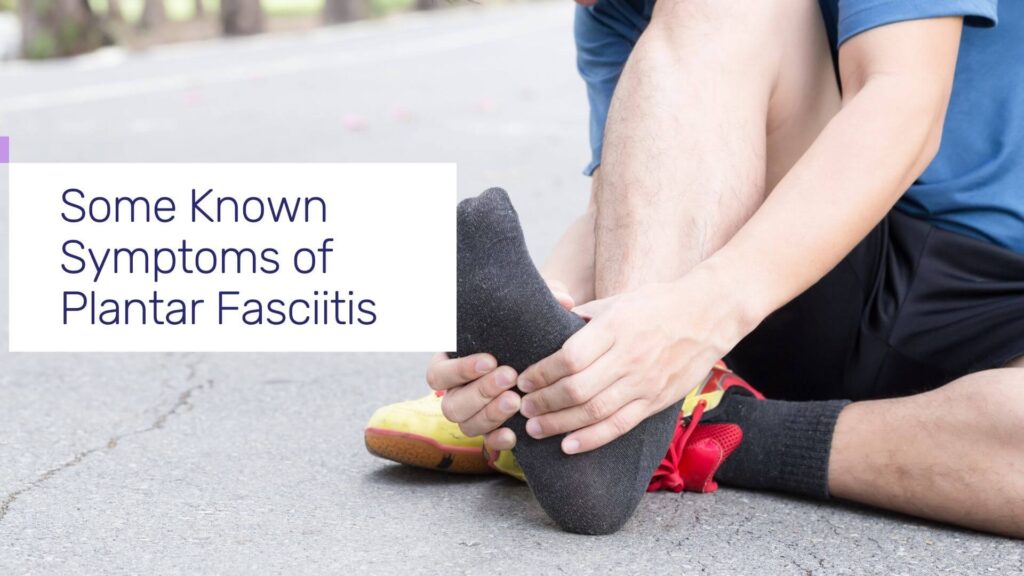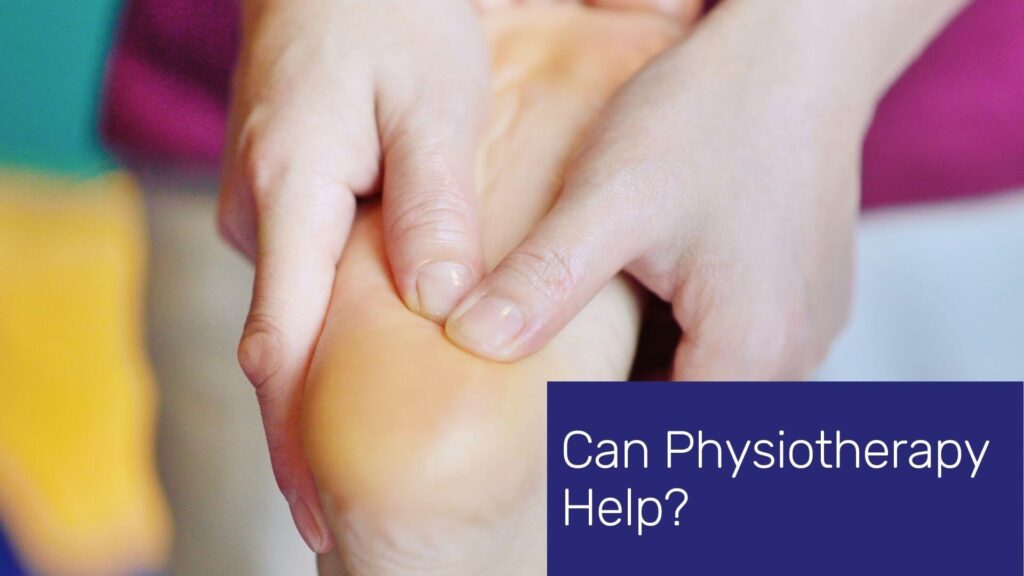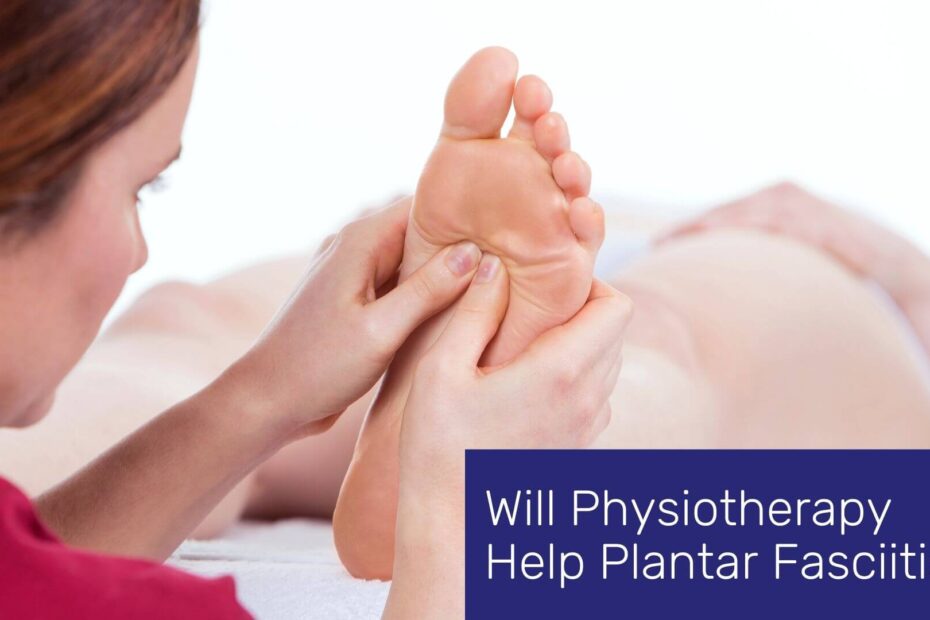Plantar fasciitis, also called Fasciopathy is the common cause of pain in the heel, it comes with an inflammation of tissues that goes through the bottom of the sufferer’s foot, connecting the heel bone to the plantar fascia. Plantar fasciitis has been said to be the known cause of stabbing pain which is usually noticeable with the first step you take in the morning.
Even as the pain persists, it slowly subsides when you keep moving, but that doesn’t mean it won’t return after a long while, especially when you stand up after sitting for a long time. Well, this is not an uncommon phenomenon in the world; according to statistics, 10% of UK residents have been reported to have suffered or suffered from this condition.
Some Known Symptoms of Plantar Fasciitis
There are many other symptoms associated with Plantar fasciitis, but the medically proven ones include:

- Harp pains underneath your foot or heel. This pain has been proven to worsen in the morning and is easily observed when you make a few steps after waking up in the morning.
- Sharp pain after resting for a long time, where a small amount of weight has been added to the feet.
- Increased pain on the foot during exercise but worsens after each session.
- Exacerbated pain that occurs after climbing the stairs or engage in any activity that stretches the sole of your foot.
According to research, many factors or activities has been confirmed to be the main cause of Plantar fasciitis, but the commonest ones include:
Your Sports of Choice
This is so because most sports activities come with more repetitive stress on attached tissue and the heel. Some of these sports include ballistic jumping and dancing activities, Long-distance jogging, etc.
Your Foot Mechanics and Posture
Those with an abnormal walking pattern, a high arch, and flat feet are prone to be affected by the pattern of weight distribution, as in, how they are walking, run, and stand.
Obesity
Obesity simply means an extremely overweight person. Medically, an obese is considered to weigh more than 20% (for the men), and 25% (for the women) as against the normal body weight of 197.9 pounds for a male and 170.6 pounds for the females. So, overweight has been said to add extra stress to the plantar fascia.
Your Occupation
Some jobs have to do with standing on your feet for long. So, for those who work like this for long hours, standing and walking and on hard surfaces, the changes of their plantar fascia sustaining some levels of damage are very high.
How Physiotherapy Can Help?
There are some proven ways physiotherapy can help prevent and treat Plantar fasciitis, but first, the cause of plantar fasciitis needs to be identified; only then can a suitable solution be recommended. Some of the popular remedy to this problem include:

1. Stretching and Exercising
This has been perceived as a long-term solution to this problem; with recommended exercises by your physiotherapist, you will be able to elude dependence on medication and surgery. Engaging in stretching exercises will go a long way in improving the movement in the ankle area and plantar fascia alike. With the right exercises, you will also be able to hence flexibility in the calf, which is the major contributor to inflammation of the heel.
2. Fast Pain Relief
Your physiotherapist is likely to apply the ice and heat treatment to help in relieving pain and inflammation in the affected area. Specific medications may as well go through the skin and taped with a Kinesio tape, and this process will help ease to temporarily ease discomfort in the affected area.
Finally, because the heel is naturally designed to absorb pressure, it can trigger pain and can affect mobility. You need to follow your physiotherapist’s daily advice for quick recovery. The likely advice includes a night splint to keep the affected foot, toes, or ankle in the right position. They can also guide you through the type of footwear to use, whether for sports or regular daily activities, so as not to trigger the plantar fascia.
